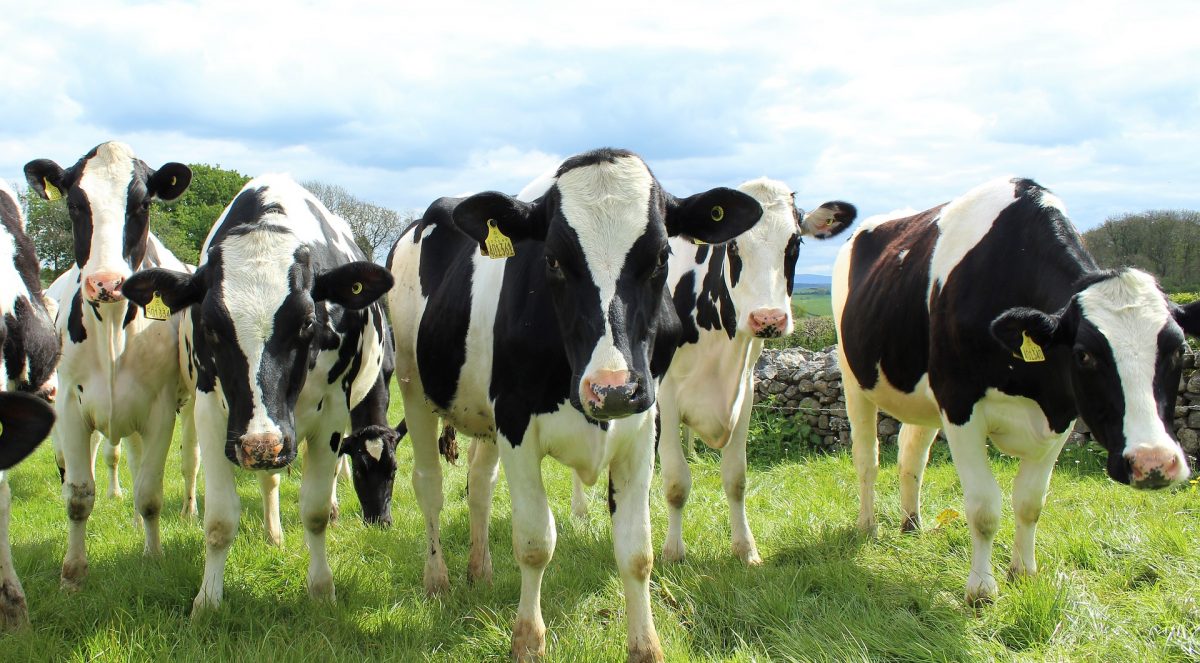University of Canterbury research into making biofilters more efficient could be key to New Zealand meeting its climate change targets and improving cattle farming long-term.
University of Canterbury (UC) chemical and process engineer Professor Peter Gostomski is leading a team aiming to dramatically improve the efficiency of biofilters in removing methane from dairy shelters.
Professor Gostomski, a biofilters expert, recently began to focus on methane. With 37% of New Zealand’s carbon footprint from methane produced by cattle, in order to reduce methane emissions by 10% by year 2030 (as part of the Zero Carbon Bill and Paris Accord), biofilters could help meet this goal.
“A biofilter is essentially a big box full of soil or compost. You take the contaminated air and blow it through that box – soil and compost has a tremendous number of microorganisms including the ones that can convert methane to CO2,” Professor Gostomski says.
Converting methane to CO2 is considered carbon-neutral (since CO2 is already incorporated into the grass cows eat, which is converted to methane in their stomachs).
The research focuses on three areas that will work together to improve biofilters – 1 aerosol delivery, 2 vermicompost and 3 soil microbiology:
- The first looks at using aerosol delivery, or “fog” to feed the biofilters. Traditionally, water is used to feed liquid nutrients into the biofilter. The research team found if they converted water to fog, the biofilter’s performance dramatically increased.
- Vermicompost is compost that comes from worms. Researchers found that using this type of compost results in five times better rates of methane removal than regular compost.
- Finally, the team is looking at how soil microbiology plays a role in creating an effective biofilter. Microorganisms in compost eat methane slowly, but research has discovered that if you give them a brief “spike” of high methane concentration, then the microorganisms can drive methane concentrations very low. Professor Gostomski says combining these methods could improve significantly the efficiency of removing methane in biofilters.
The biofilters will need to work alongside other technologies to be most effective, such as feed supplements, vaccines and breeding.
Recent changes in regulations for dairy farmers, due to nitrate water pollution, means cows will spend more time off the paddock in autumn and winter, as cows urinating on the grass during these seasons results in nitrates leaching into groundwater.
“No-one has come up with a solution for nitrate leaching, other than getting cows off the paddock in autumn and early winter,” Professor Gostomski says.
These regulations could provide an opportunity to target reducing methane emissions from dairy cows.
He believes a recent development called composting shelters, or ‘Mootels’, would work well with his biofilters. These shelters allow cows to move around independently and contain wood shavings that compost over time. They benefit animal welfare and have had the unexpected advantage of improving milk production.
Professor Gostomski’s other work has involved “stable-isotope probing”. He received Marsden funding to implement technology that specifically identifies what organisms are doing in a sample that contains tens of thousands of organisms.
Professor Gostomski will apply this research to his biofilter research, especially to vermicompost, to identify what organisms are eating methane.
If farmers were required to contribute to the New Zealand Emissions Trading Scheme it would cost $775 million per year. Biofiltration could realistically address 40% of these emissions.
Source: University of Canterbury












